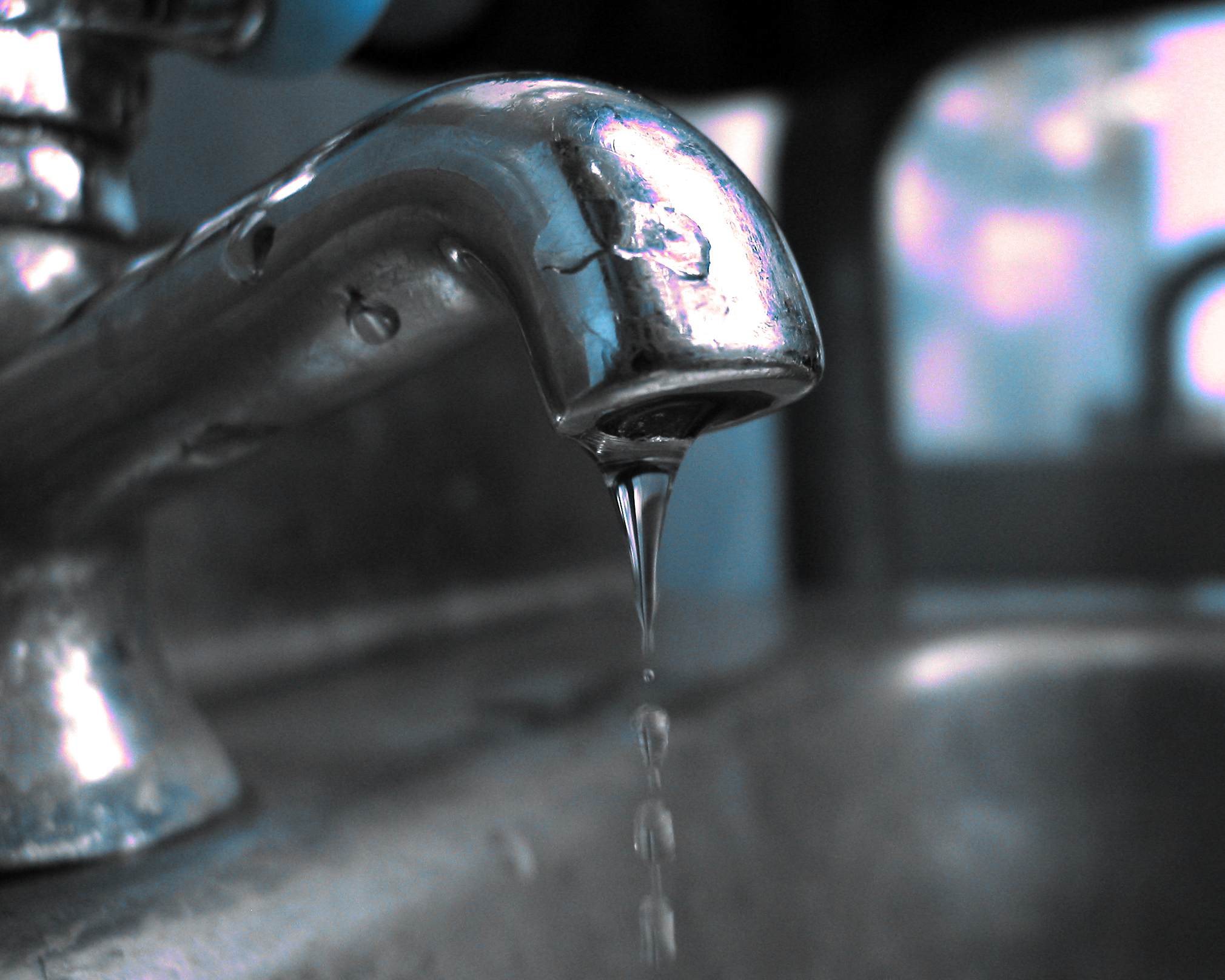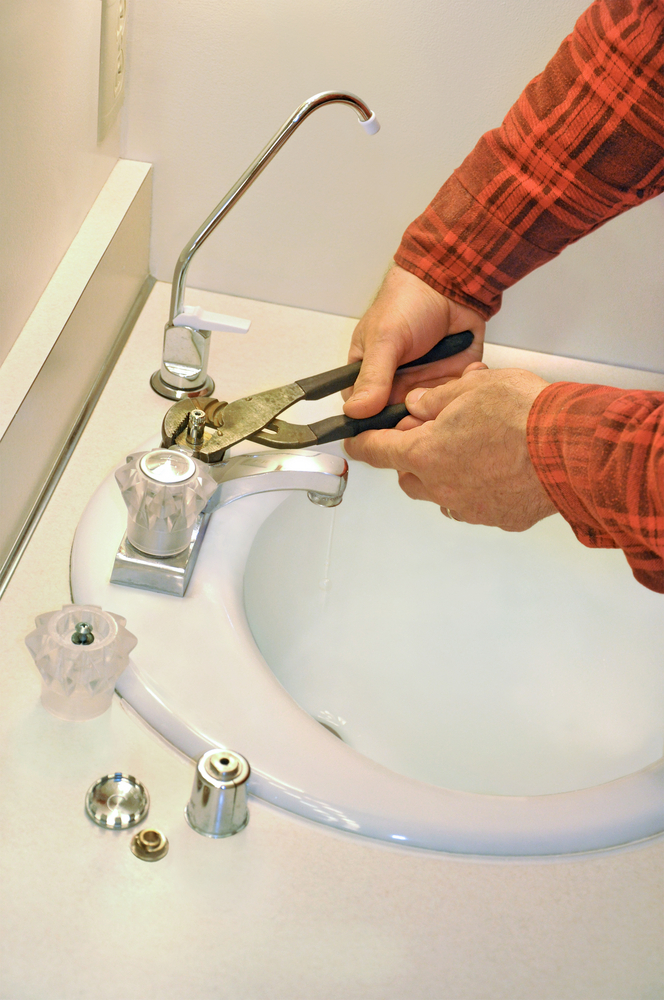What It's Required to Fix a Leaking Faucet
What It's Required to Fix a Leaking Faucet
Blog Article
Do you find yourself looking for content concerning How to Fix a Dripping or Leaky Faucet ?

Dripping faucets may look like a minor hassle, but their impact goes beyond simply the aggravation of the audio. From wasting water to sustaining unneeded monetary costs and wellness threats, neglecting a leaking tap can cause different consequences. In this write-up, we'll look into why it's important to address this usual home issue without delay and successfully.
Wastage of Water
Ecological Effect
Trickling faucets contribute dramatically to water waste. According to the Epa (EPA), a single tap dripping at one drip per secondly can waste more than 3,000 gallons of water each year. This not only stress water resources however additionally affects ecosystems and wildlife depending on them.
Financial Prices
Enhanced Water Expenses
Past the ecological impact, dripping faucets can blow up water bills substantially. The built up waste over time equates into higher energy expenses, which can have been prevented with timely fixings.
Possible Residential Property Damages
In addition, long term trickling can cause damage to fixtures and surfaces bordering the faucet. Water accumulation can cause discoloration, rust, and even structural concerns if left ignored, resulting in added repair service costs.
Wellness Concerns
Mold And Mildew and Mildew Development
The constant visibility of wetness from a trickling faucet develops a suitable environment for mold and mildew and mildew development. These fungi not just endanger indoor air top quality but likewise posture health dangers, specifically for individuals with breathing problems or allergies.
Waterborne Illness
Stationary water in trickling taps can become a breeding ground for germs and various other microorganisms, raising the threat of waterborne diseases. Contaminants such as Legionella bacteria thrive in stationary water, possibly causing severe health problems when consumed or breathed in.
DIY vs. Professional Repair
Pros and Cons of DIY Repair
While some may try to deal with a trickling tap themselves, DIY repairs feature their own set of obstacles. Without appropriate knowledge and devices, DIY efforts can aggravate the problem or lead to insufficient repairs, lengthening the problem.
Advantages of Hiring an Expert Plumber
Hiring a professional plumber makes certain that the underlying cause of the dripping tap is attended to effectively. Plumbings have the knowledge and devices to detect and fix faucet problems effectively, saving time and reducing the threat of additional damage.
Step-by-Step Guide to Dealing With a Dripping Tap
Tools Required
Before trying to take care of a leaking tap, collect the required tools, including a flexible wrench, screwdrivers, replacement components (such as washers or cartridges), and plumber's tape.
Usual Faucet Issues and Their Solutions
Identify the sort of faucet and the certain issue triggering the drip. Common troubles include damaged washing machines, corroded shutoff seats, or faulty O-rings. Refer to manufacturer directions or on-line tutorials for detailed assistance on repair services.
Safety nets
Routine Upkeep Tips
To stop trickling faucets, perform routine maintenance such as cleansing aerators, inspecting for leaks, and replacing damaged components quickly. In addition, think about mounting water-saving devices or upgrading to extra efficient fixtures.
Value of Prompt Repair Works
Attending to leaking faucets as quickly as they're seen stops additional water wastage and possible damage, ultimately conserving both water and money over time.
Impact on Home Worth
Perception of Well-Maintained Property
Maintaining a property in good condition, consisting of dealing with maintenance issues like trickling taps, boosts its regarded worth and worth amongst prospective buyers or occupants.
Impact on Resale Value
Qualities with well-kept plumbing fixtures, consisting of taps, command higher resale values in the property market. Addressing trickling taps can add to a positive impact during building assessments and negotiations.
Environmental Duty
Specific Contribution to Conservation
Taking obligation for fixing dripping faucets straightens with wider initiatives towards water preservation and environmental sustainability. Every individual's actions collectively make a considerable impact on preserving precious resources.
Sustainable Living Practices
By prioritizing prompt repair work and taking on water-saving routines, people add to lasting living methods that benefit both present and future generations.
Final thought
Dealing with a dripping faucet surpasses simple benefit; it's a vital step toward preserving water, lowering monetary costs, and guarding health and wellness and home. Whether through DIY fixings or expert assistance, doing something about it to repair trickling faucets is a small yet impactful method to promote accountable stewardship of sources and contribute to a much healthier, more lasting future.
How to Fix a Leaky Faucet: Step-by-Step Repair Guide
A leaky faucet may seem like a simple annoyance, but if it's not fixed promptly, that leak could cost hundreds to potentially thousands. From water damage to mold, mildew, and high water bills, even a tiny leak can be catastrophic if left unattended. Damage like this can even affect the overall value of your home, so it's important to take the right approach for leaky faucet repair. You may need the help of a plumber in some cases, but we've got a few tips you can try on how to fix a leaky faucet before calling the pros.
Four Faucet Types
When you're learning how to fix a leaky faucet, the first step is knowing what kind of faucet you're working with! There are four common types.
Cartridge Faucets
Cartridge faucets come in one- or two-handled varieties. In one-handled cartridge faucets, hot and cold water combines in a single cartridge. In the two-handled versions, hot and cold water are controlled separately and mixed in the faucet.
Ball Faucets
Ball faucets have a single lever you push up and down to adjust the pressure and rotate to change the temperature. A slotted metal ball controls the amount of water allowed into the spout.
Compression Washer Faucets
They're the oldest type of faucet, but they're still used in many homes — especially older ones. Compression faucets have two separate handles that, when turned, raise or lower the washer that seals a water valve. This valve stops water from flowing through the faucet when it is turned off.
Disc Faucets
Disc faucets rarely need to be repaired due to their maintenance-free design. The water flow is controlled by two discs — the upper one raises and lowers against a fixed lower disc, creating a watertight seal. If your disc faucet starts leaking, you may need to replace the seals or clean residue buildup from the inlets.
Fixing a Leaky Faucet
Step 1: Turn Off the Water
Whether you're learning how to fix a leaky bathtub faucet or how to fix a leaky kitchen faucet, always turn off the water supply to your working area when you're fixing a leak. The last thing you want is a flood added to your list of things to fix.
Look for the shutoff valves below your sink or around the tub and turn them clockwise to stop the water flow. If your faucet doesn't have shutoff valves, you may need to turn off the water for the whole house. Check to make sure it's off by turning the faucet on. If nothing comes out, you're ready to start the repair.
Step 2: Take Apart the Faucet
How you disassemble your faucet depends on the type of fixture you have. You can use a flathead screwdriver to remove the caps on top of the handle or handles for cartridge and compression faucets. Inside, you should see handle screws. Unscrew these with a screwdriver to remove the handle.
Disc- and ball-style faucets will typically have an inlet screw near the handle, and removing that will reveal the interior of the faucet.
Detach the Valve Stem
For cartridge- and compression-style faucets, you'll see the inner valve stem or cartridge once you remove the faucet handles. If you have a compression faucet, unscrew the brass valve stem. If you have a cartridge faucet, pull out the cartridge. If your cartridge has been in place for a while, it may require some tools or extra force to remove it due to mineral deposits.
Examine and Replace Parts
Once you've removed the parts, check them out to confirm what needs to be replaced. You may see corroded rubber washers, O-rings, stems, or cartridges. On a ball-style faucet, check the seats and springs for damage.
If you need to repair a leaky disc faucet, check the inlet and seals on the lower disc.
Once you determine what parts must be replaced, visit your local hardware store. Bring the damaged parts with you to ensure you can purchase the correct components to replace them.
Clean Valves and Faucet Cavity
If you've removed a stem or cartridge, you may notice mineral buildup in the faucet's threads. Use white vinegar to clean the valve seat by soaking it for a few minutes, then scrub it away with a soft toothbrush and rinse with warm water. You can also clean the interior of the faucet in the same way.
Reassemble the Faucet
Once your faucet is cleaned and the required parts have been replaced, it's time to reassemble it. Put the pieces back together and slowly turn the water supply back on. Doing this slowly is crucial because too much initial water pressure can damage the new hardware you've just installed.
https://homewarranty.firstam.com/blog/how-to-fix-leaky-faucet

As an enthusiastic person who reads on What Causes Leaky Faucets & How To Fix Them, I imagined sharing that piece of content was mandatory. Sharing is good. Helping people is fun. We recognize the value of reading our article about Should I Repair or Replace a Leaky Faucet?.
Report this page